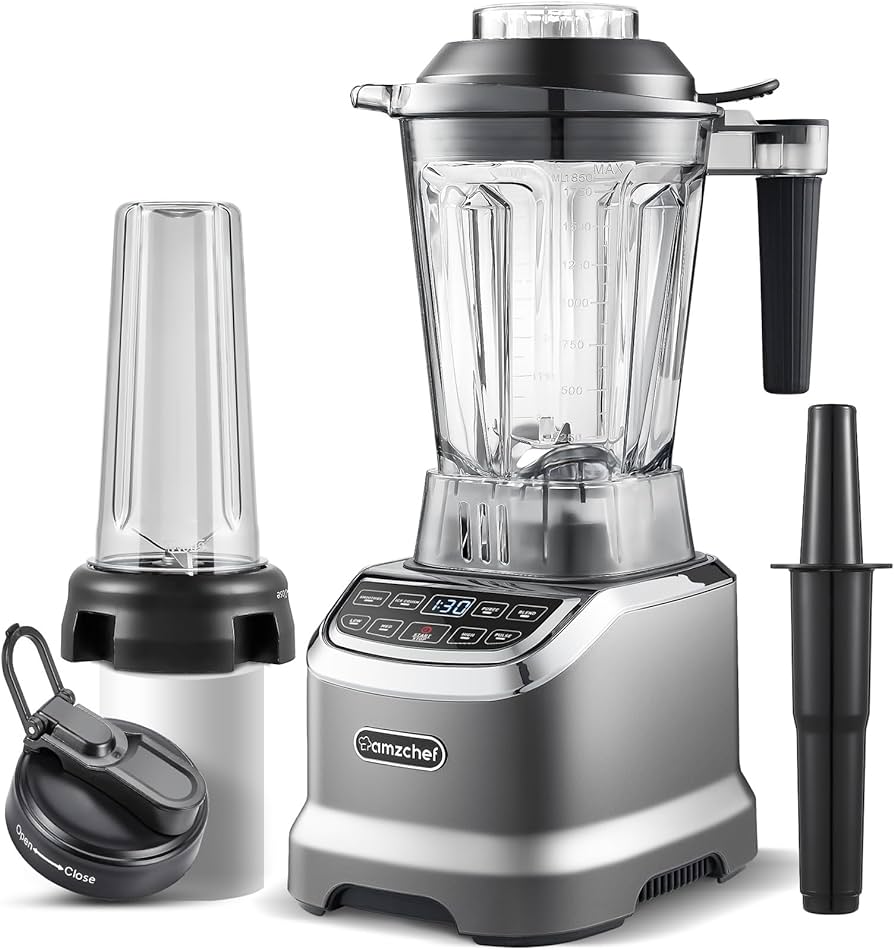
Introduction:
Blender wattage is a key specification to consider when purchasing or using a blender. It refers to the power consumption and performance capabilities of the appliance. Understanding blender wattage helps you choose the right blender for your needs and ensures you use it effectively. This comprehensive guide explores what blender wattage signifies, its impact on performance, how to choose the appropriate wattage for different tasks, and the implications for energy efficiency and longevity.
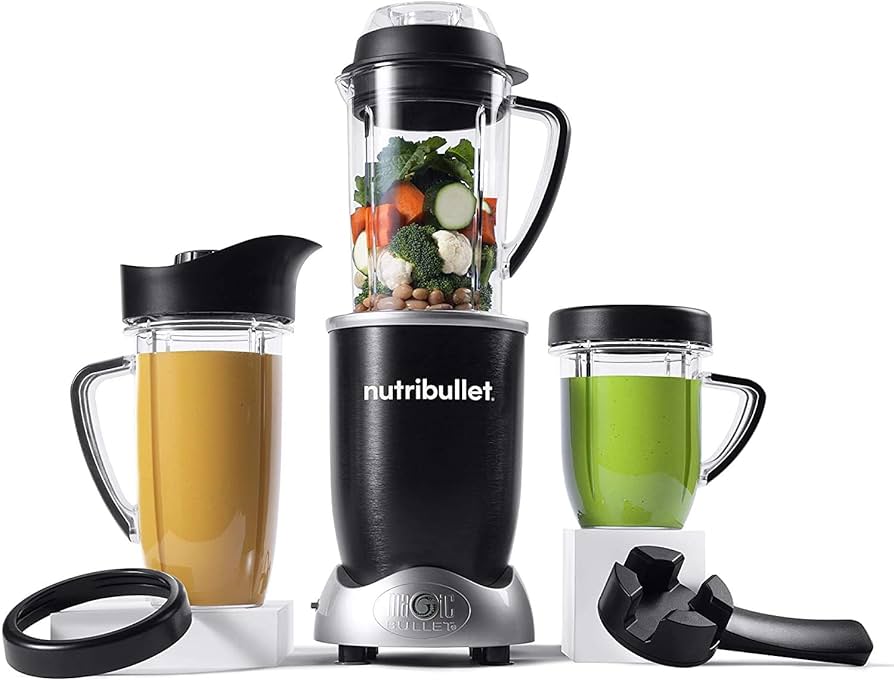
What Does Blender Wattage Signify?
Exploring the Basics of Blender Wattage
Before delving into specifics, it’s important to understand what blender wattage represents and why it matters.
Definition of Wattage: Wattage, measured in watts (W), indicates the amount of electrical power a blender consumes while operating. It reflects the energy required to run the blender’s motor and other components. Higher wattage generally signifies a more powerful motor, capable of blending tougher ingredients.
Power Consumption: The wattage of a blender directly relates to its power consumption. A blender with higher wattage uses more electricity compared to a lower wattage model. For instance, a 1000-watt blender consumes more power than a 300-watt blender, influencing energy usage and potential costs.
Performance Indicator: Blender wattage serves as an indicator of performance capabilities. Higher wattage blenders are often more efficient at handling demanding tasks like crushing ice, blending thick smoothies, or processing fibrous vegetables. Conversely, lower wattage blenders may struggle with such tasks but are suitable for simpler blending needs.
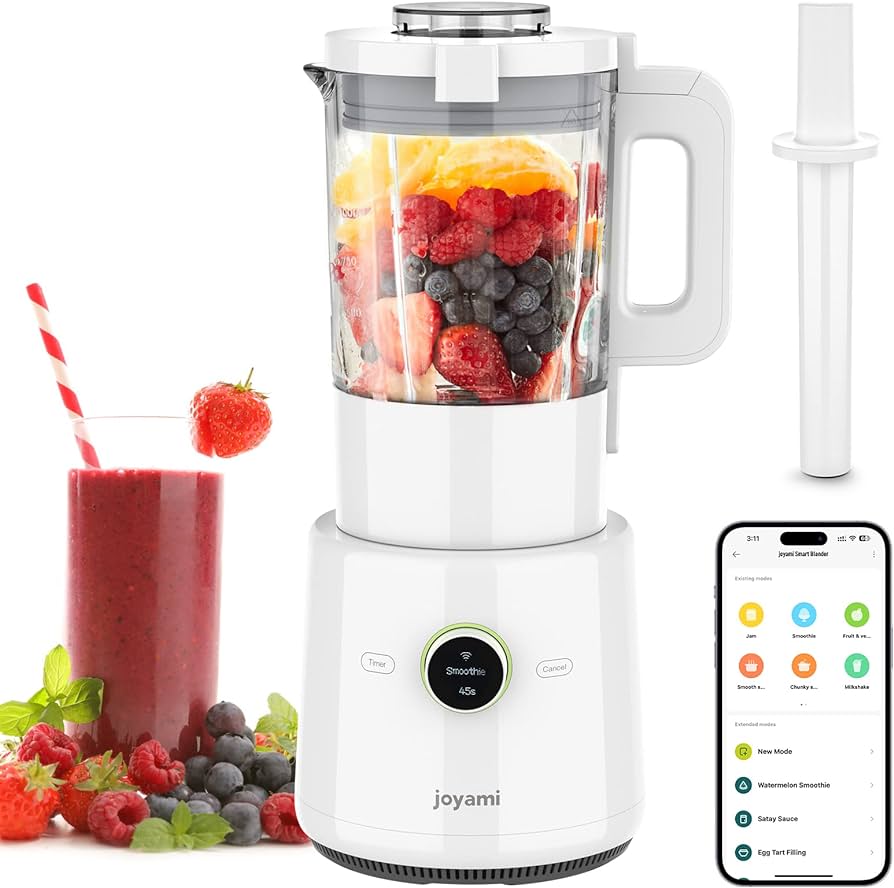
Impact of Blender Wattage on Performance
The wattage of a blender significantly impacts its performance, influencing its effectiveness across different blending tasks.
Blending Power: Higher wattage blenders have more blending power, enabling them to tackle tougher ingredients with ease. They can crush ice, blend frozen fruits, and process dense vegetables efficiently. Lower wattage blenders, while effective for softer ingredients, may struggle with harder or more fibrous items.
Blending Speed: Blenders with higher wattage typically offer faster blending speeds. This results in quicker preparation times and smoother textures, as the powerful motor can blend ingredients more thoroughly and in less time. Lower wattage models may require longer blending times to achieve similar results.
Versatility: Higher wattage blenders are often more versatile, capable of performing a wider range of tasks. From making smooth soups and sauces to preparing nut butter and smoothie bowls, these blenders provide the flexibility to experiment with different recipes. Lower wattage blenders are best suited for basic tasks like mixing liquids, making simple smoothies, and pureeing soft fruits.
Durability: Generally, blenders with higher wattage motors are designed for more intensive use and tend to be more durable. They are built to handle the strain of blending tougher ingredients without overheating or wearing out quickly. Lower wattage blenders, while sufficient for light use, may have shorter lifespans under heavy or frequent use.
Choosing the Right Blender Wattage for Different Tasks
Selecting the appropriate wattage for your blender depends on the tasks you plan to perform and your blending needs.
Smoothies: For making smoothies, a blender with a wattage of at least 600-800 watts is recommended. This range provides enough power to blend frozen fruits, ice, and leafy greens into a smooth consistency. Higher wattage models (1000 watts or more) can handle even the toughest ingredients, ensuring a velvety texture.
Soups and Sauces: Blenders used for making soups and sauces can vary in wattage. A blender with 600-900 watts is generally sufficient for pureeing cooked vegetables and blending hot liquids. For more complex recipes or larger batches, a higher wattage blender may offer better performance and smoother results.
Nut Butter and Dips: Creating nut butter, dips, and thick pastes requires a more powerful blender. Models with at least 900-1200 watts are ideal, as they can break down nuts and seeds efficiently. These blenders offer the torque and speed necessary to achieve a creamy, smooth consistency.
Crushing Ice and Frozen Treats: Blending ice or making frozen treats like slushies and frozen margaritas demands a robust blender. Choose a model with 1000-1500 watts to ensure it can crush ice without damaging the blades or overheating. Higher wattage blenders also produce finer, more consistent ice particles.
Baking and Cooking: For tasks like mixing batters, whipping cream, or processing dough, a blender with 600-1000 watts is generally adequate. While not as demanding as blending hard ingredients, these tasks still benefit from a moderate power level to achieve optimal results.
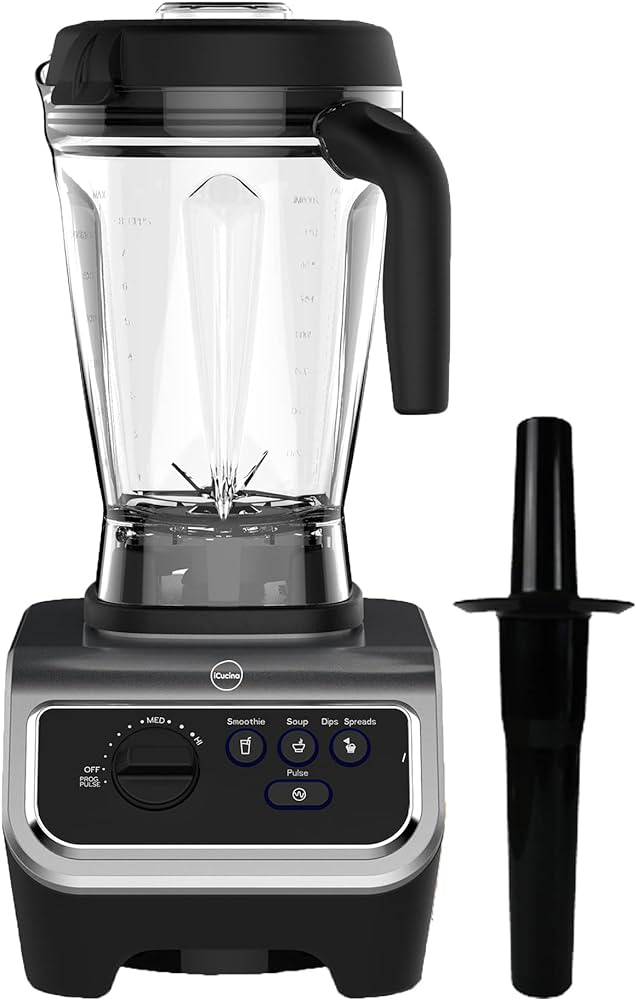
Comparing Wattage and Other Blender Specifications
While wattage is critical, it’s not the sole factor determining a blender’s performance. Comparing wattage with other specifications can provide a more comprehensive understanding.
Blender Speed: Blenders typically offer multiple speed settings, allowing for precision and control over blending tasks. Higher wattage blenders often feature a broader range of speeds to accommodate different ingredients and textures. Speed settings complement wattage by providing flexibility in processing various foods.
Blade Design: The design and quality of the blender’s blades play a crucial role in its performance. Sharp, durable blades can enhance blending efficiency, even in lower wattage models. Conversely, high wattage blenders with poorly designed blades may underperform. Look for stainless steel blades with a robust construction.
Jar Material and Capacity: The material and capacity of the blending jar affect durability and convenience. High wattage blenders often come with larger, more durable jars made from materials like BPA-free plastic or glass. These jars can handle larger batches and tougher blending tasks.
Motor Quality: The quality of the motor impacts the overall reliability and lifespan of the blender. High wattage models usually feature high-quality motors designed to withstand intensive use. Review manufacturer information and user reviews to assess motor quality and durability.
Additional Features: Modern blenders may include features like preset programs, pulse functions, and digital displays. While wattage indicates power, these additional features can enhance usability and versatility. Evaluate these features based on your specific blending needs and preferences.
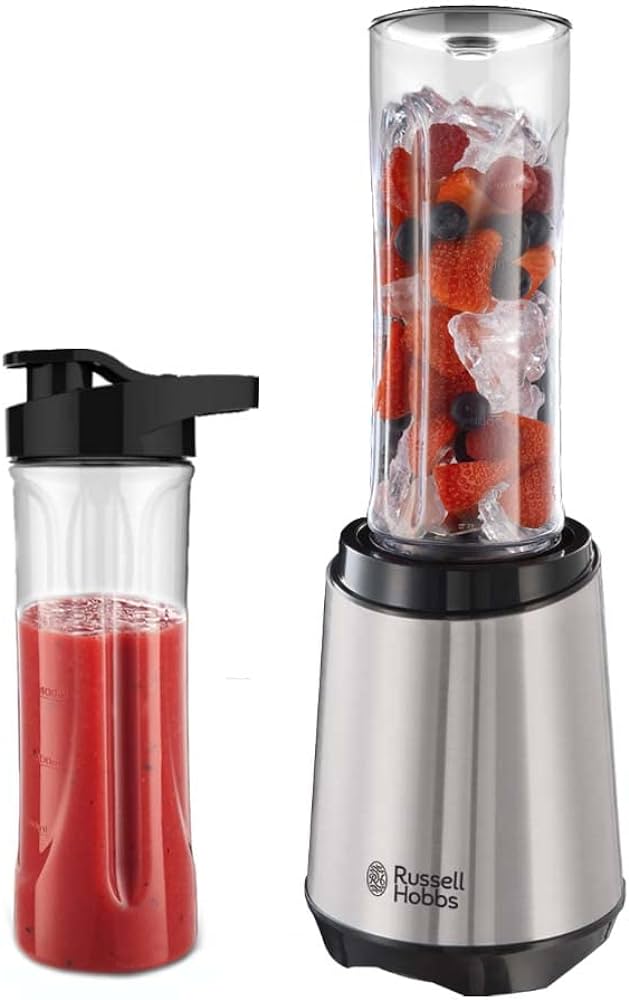
Energy Efficiency Considerations
Understanding the energy efficiency of a blender can help balance performance with energy consumption, contributing to both cost savings and environmental responsibility.
Energy Consumption: Higher wattage blenders consume more electricity, which can impact your utility bills, especially with frequent use. Consider the trade-off between power and energy consumption, and choose a wattage that meets your performance needs without excessive energy use.
Energy Ratings: Some blenders come with energy ratings that indicate their efficiency. Look for certifications like ENERGY STAR, which identifies appliances that meet certain energy efficiency criteria. These ratings can help you select a model that balances power with reduced energy consumption.
Usage Patterns: Your blending habits influence energy efficiency. Occasional blending tasks may benefit from a high wattage blender for quick, efficient results. For frequent or daily use, consider a model with moderate wattage that provides a balance of performance and energy savings.
Implications for Blender Longevity
The wattage of a blender can also influence its longevity and maintenance needs, impacting overall value and reliability.
Overheating Risks: High wattage blenders are generally designed to handle intensive use without overheating. However, lower wattage models are more prone to overheating when used for demanding tasks. Consistent overheating can shorten the blender’s lifespan and necessitate more frequent repairs or replacements.
Motor Stress: Using a blender near its maximum capacity can stress the motor, particularly in lower wattage models. A high wattage blender operates within a comfortable range for most tasks, reducing motor wear and extending its operational life.
Maintenance Requirements: High wattage blenders often come with features that facilitate easy maintenance, such as self-cleaning functions or dishwasher-safe parts. Regular maintenance, including cleaning the blades and jar, can help prolong the blender’s life, regardless of wattage.
Warranty and Support: Consider the warranty and customer support policies when selecting a blender. High wattage models from reputable brands often come with extended warranties that cover motor and performance issues. Reliable customer support can assist with troubleshooting and replacements, enhancing the product’s longevity.
User Reviews and Experiences
User reviews provide valuable insights into real-world performance and satisfaction with blenders of varying wattages.
Positive Feedback: Users with high wattage blenders frequently praise their performance in handling tough ingredients, achieving smooth textures, and completing tasks quickly. The versatility and durability of these models are commonly highlighted.
Noise Levels: One potential downside of high wattage blenders is increased noise during operation. Some users note that while powerful, these blenders can be quite loud. Considering household noise tolerance may influence your wattage choice.
Ease of Use: Many users appreciate the convenience of preset programs and intuitive controls on high wattage models. These features simplify blending tasks and ensure consistent results. Lower wattage models are often praised for basic simplicity and affordability.
Considerations: Users with lower wattage blenders often note limitations with tougher ingredients but find them sufficient for basic tasks. Affordability and ease of use are common positives, though users suggest managing expectations regarding performance.
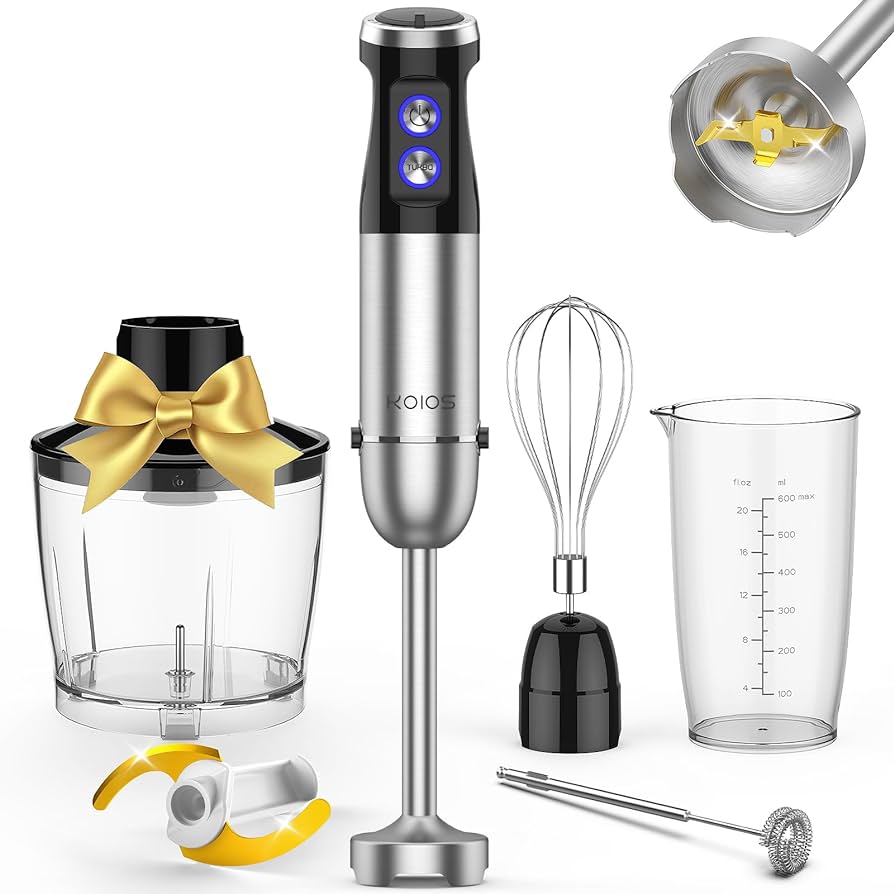
Comparing High and Low Wattage Blenders
A direct comparison between high and low wattage blenders can help clarify their respective advantages and limitations.
High Wattage Blenders:
- Advantages: Exceptional blending power, versatility in handling various ingredients, faster blending times, and durability.
- Limitations: Higher energy consumption, increased noise levels, and often a higher price point.
Low Wattage Blenders:
- Advantages: Energy efficiency, lower noise levels, affordability, and simplicity for basic tasks.
- Limitations: Limited performance with tougher ingredients, longer blending times, and potential for overheating during intensive use.
Conclusion
Blender wattage is a crucial specification that influences the appliance’s performance, energy consumption, and longevity. Understanding the implications of different wattage levels helps you choose the right blender for your blending needs, from basic smoothies to complex nut butter and frozen treats. This comprehensive guide provides detailed insights into the significance of wattage, additional considerations like blade design and motor quality, and practical advice for balancing performance with energy efficiency. By evaluating these factors, you can make an informed decision that ensures both satisfaction and value in your blender purchase.